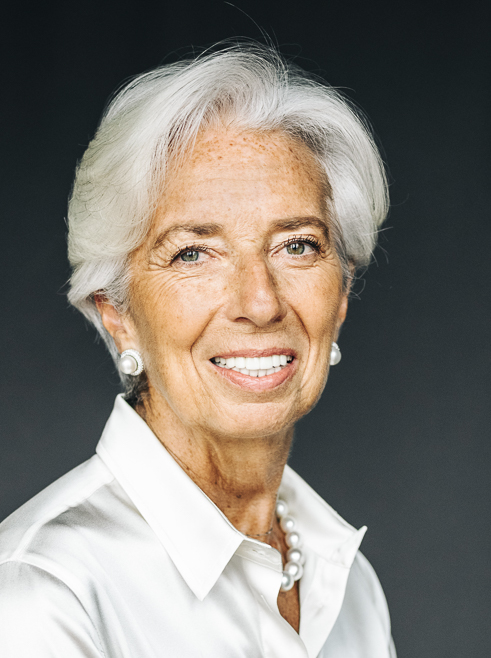- THE ECB BLOG
Why we adjusted interest rates
8 June 2024
The ECB has cut interest rates. President Christine Lagarde explains why and sets out what still needs to be done to bring inflation back to 2% over the medium term.
Two years ago, we started raising interest rates because inflation was far too high. Today, the situation is improved. Although some prices are still going up markedly, especially in the services sector, inflation overall has come down a lot. It is currently on track to reach 2% next year, which is the level that we target in our pursuit of price stability.
The decline in inflation allows the ECB to lower interest rates, and on Thursday we cut our key policy rate by 0.25 percentage points, down from 4% where it had been for nine months. This means that it will be cheaper for people to borrow money or for companies to seek loans to invest.
Our decision also marks an important moment in our fight against inflation.
In July 2022, we began to put up interest rates. That was part of a phase that experts call a “tightening” of monetary policy. Using the analogy of a car, it is comparable to a driver pressing down the brake pedal. We raised rates at the fastest pace ever, by 4.5 percentage points in a little over a year. We acted forcefully because inflation had risen much too far, peaking at 10.6% in October 2022.
One reason for surging inflation was Russia’s unjustified invasion of Ukraine, which sent energy and food prices soaring. In addition, many companies found it more difficult to get equipment, materials, and spare parts they needed, which worsened problems that had already emerged during the pandemic.
But we also faced a genuine risk that people might believe that high inflation was the new normal. That would mean firms would use it as a standard for setting prices and workers for negotiating wages. And if so, high inflation would become permanently embedded in the economy.
So, we had to do everything necessary to stamp this danger out. It is our duty to Europeans to keep inflation low and stable. We are aware of the stress that rising inflation and subsequent interest rate hikes caused for some people and businesses. The cost of business loans and mortgages went up steeply. Everything became more expensive but incomes – wages and pensions – did not keep up, at least not initially.
By acting decisively, we ensured that high inflation did not last too long. By September 2023, inflation had fallen to 5.2%, about half of its peak the year before. The danger of people expecting high inflation had also mostly passed.
That allowed us to enter the next phase of our policy: the “holding phase” where we kept rates constant, neither pushing harder on the brake nor letting up the pressure. While we were confident that interest rates were driving down inflation, it was still too high for comfort. In this setting, it would have been counterproductive to start cutting rates too soon.
Today, however, we are seeing progress on many fronts. Inflation has fallen to 2.6%, halving again. It is currently on track to reach 2% in the latter part of next year. And our monetary policy is making a strong contribution to returning inflation to our target. So, by cutting rates, we decided to moderate the degree of monetary policy restriction.
But there is still a long way to go until inflation is squeezed out of the economy. It will not be an entirely smooth ride. It needs vigilance, commitment and perseverance.
Interest rates will therefore have to remain restrictive for as long as necessary to ensure price stability on a lasting basis. In other words, we still need to have our foot on the brake for a while, even if we are not pressing down as hard as before.
Our future policy decisions will hinge on three things: whether we continue to see inflation returning to our target in a timely manner, whether we see overall price pressures easing in the economy, and whether we still see our monetary policy as effective in taming inflation. These factors will determine when we can take our foot further off the brake.
We have made major progress, but our fight against inflation is not over. As the guardian of the euro, we are committed to ensuring low and stable inflation for the benefit of all Europeans.
This blog post was published as an opinion piece in media outlets across the euro area.



